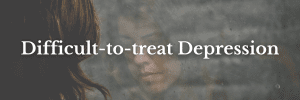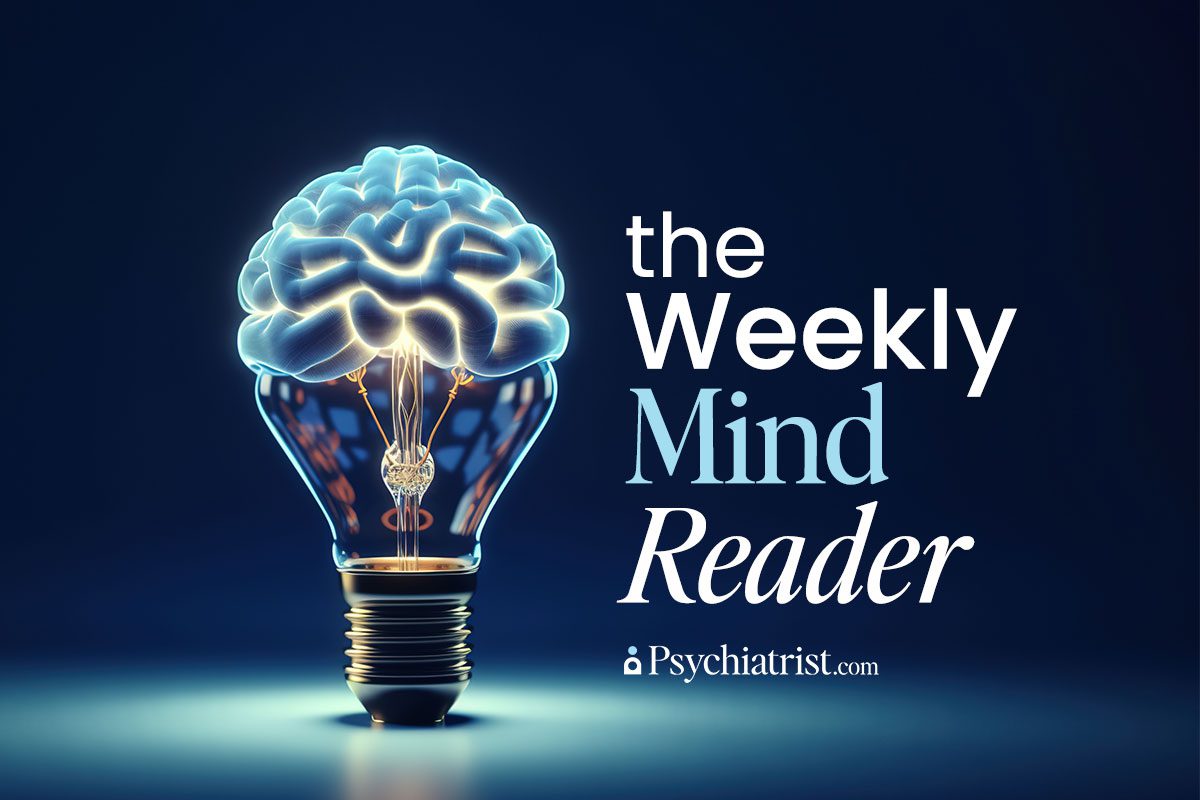New research offers fresh insights into how different major depressive disorder (MDD) treatments can transform brain dynamics. More specifically, this paper – appearing in Nature Mental Health – compares how psilocybin therapy and escitalopram alter the brain’s functional hierarchical organization to treat depression. The results of the double-blind, phase II randomized controlled trial suggest that recalibrating the brain’s hierarchical structure could help with neuropsychiatric disorders beyond MDD.

Methodology
The research project included nearly four dozen patients diagnosed with MDD, who the researchers randomly assigned to one of two treatment groups.
- The first, comprising 22 patients, received two doses of 25 mg oral psilocybin, spaced three weeks apart. Researchers also administered a daily placebo for six weeks.
- The second group, made up of another 20 patients, received two doses of 1 mg psilocybin, also three weeks apart, alongside a daily dose of escitalopram (10-20 mg) over the same period.
The researchers designed the study to assess the influence these treatments might have on brain dynamics. To do that, the team relied on resting-state functional magnetic resonance imaging (fMRI) scans taken at the start of the trial and again three weeks after the final psilocybin dose.
Investigating Brain Hierarchy
Researchers zeroed in on how these treatments influenced the mind’s functional hierarchy — a concept that refers to the organization of regions from top to bottom in terms of the level of control over general brain activity. Scientists argue that this hierarchical structure remains a critical component of healthy brain operations. Consequently, any disruptions to this hierarchy can lead to neuropsychiatric problems – such as depression.
To quantify changes in brain hierarchy, the study’s authors relied on a technique dubbed generative effective connectivity (GEC), which models whole-brain dynamics. By assessing the direction and strength of cerebral connections, the researchers isolated where each region of the brain fit with the overall hierarchy. The team then used what it called “measures of directedness and trophic levels — a concept lifted from ecological studies that indicate a node’s position in a network — to track changes in the brain’s dynamics.
Psilocybin vs. Escitalopram vs. Depression
The researchers found that psilocybin and escitalopram led to dramatically different reconfigurations of the brain’s hierarchy. Psilocybin treatment typically causes a flattening of the brain’s hierarchical structure, marked by reduced directedness and less pronounced differences in trophic levels across brain regions. The authors interpreted this as a shift toward a more decentralized brain organization, which aligns with earlier theories that psychedelics can disrupt rigid, top-down control mechanisms in the brain. This, of course, allows for more malleable, bottom-up processing.
Conversely, the authors noted that escitalopram treatment led to an uptick in the brain’s hierarchical directedness. This, they insisted, implies that the treatment reinforced the top-down control mechanisms within the brain, potentially stabilizing the brain’s functional organization in a way that supports more controlled and consistent brain activity.
The researchers also leveraged machine learning to break down the patterns of hierarchical reconfiguration before and after the treatment.
Notably, the team observed that the machine learning models could predict treatment outcomes with 86 percent accuracy. This reinforced the authors’ argument that artificial intelligence can help caregivers mold treatment to someone’s brain dynamics.
Implications for Depression Treatment
The results only add to the mounting body of work that shows that various antidepressant treatments work through distinct mechanisms at the level of brain dynamics. Psilocybin’s effect on leveling brain hierarchy might offer a novel approach to treating patients resistant to more traditional pharmaceutical treatments, such as SSRIs, which appear to buttress the existing hierarchical framework.
The research also supports the theory that neuropsychiatric disorders – such as depression – could be tied directly to interference with the brain’s hierarchy. By addressing that, these treatments could help restore healthy brain functions – just a little bit differently.
While the researchers found the results encouraging, they added that future research would be necessary to replicate these findings in larger populations.
Either way, this study illustrates a new way of understanding how different treatments can reconfigure brain dynamics in depression, offering hope for more targeted and effective therapies.



